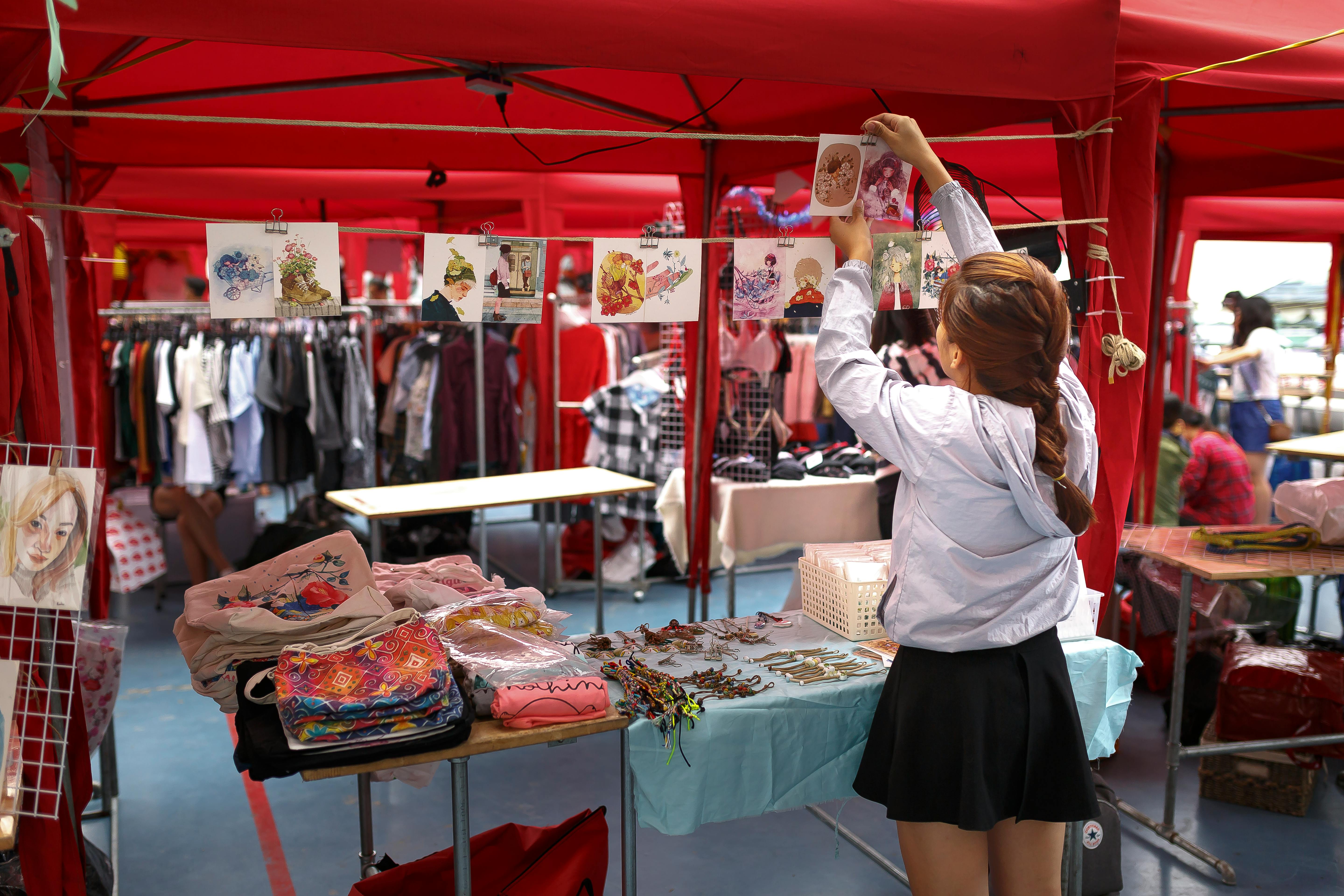In Canada, as of August 2022, there has been a 4% increase in the consumer price index. This inflation means our gas, groceries, living expenses, and clothing have all been affected. With these rising prices, everyday life now co-exists with financial stress for myself, and many others.
One way people have turned to cutting costs has been thrifting. Gone are the days when romping around the mall, checking out large corporations like American Eagle or Garage, was the thing to do. Thrifting, in contrast to fast fashion, has provided a streamlined approach to sustainable fashion, emphasizing a “reuse and reduce model” to a large number of consumers.
Luckily, this has also ensured that stigmas of the past are disappearing. This newly evolving sense of fashion and individuality means the pursuit of name-brand clothing has become obsolete, and thrifting clothing has been marketed as increasingly fashionable.
Sadly, on the flip side, there have been negative impacts on the communities that rely on these stores for their daily necessities, such as household essentials, or warm clothing. Now that Gen Zs and Millennials are thrifting, the price margins have been raised, and people — who have relied on thrift stores, such as Value Village — have faced a massive disservice.
Speaking with some classmates, they were surprised that Value Village is not a true thrift store, but more of a consignment store. Value Village operates under a parent company, Savers — an American corporation located in the States with a net worth of around two billion dollars.
------------------------
1 Government of Canada. (2023). Consumer price index, August 2023. Statistics Canada https://www150.statcan.gc.ca/n1/daily-quotidien/230919/dq230919a-eng.htm
2 Savers Value Village (SVV) Market Cap & Net Worth. Stock Analysis. (n.d.). https://stockanalysis.com/stocks/svv/market-cap/#:~:text=Savers%20Value%20Village%20has%20a,as%20of%20November%2010%2C%202023.
We asked fellow UBC students through a poll on The Phoenix News’ Instagram how likely they would visit Value Village when thrifting — 29% responded “all the time,” while 54% replied “sometimes.” When asked about the prices at Value Village, 76% of people believed that the merchandise at Value Village was overpriced.

Recently, after visiting my local Value Village, I was shocked by the price tags while searching for jeans. While still at a discount, a used pair of jeans would have set me back $30. Browsing further, I saw that name-brand items were marked up for their “higher value” compared to other items of the same quality or function.
Deciding to try my luck at some other stores for a better discount, I visited the Value Village in West Kelowna. After looking for several minutes at the West Kelowna store, I noticed consistent price variations; items at the store appeared to be marked lower than the Kelowna counterpart.
In Kelowna, Value Village sits on a bus line frequently commuted by UBCO students. So, this price gouging is not unexpected. Value Village has been known for adjusting their prices depending on their locations, with higher prices in city centers compared to more rural areas.
Value Village can do this because, as a for-profit business, they have crafted a business model that relies on buying donated goods from non-profits, and reselling these items for revenue. This means only a small portion of the donations impact charitable proceeds, and the rest is funnelled into the multi-billion-dollar corporation behind the logo.
If you need any more reason to boycott the brand, Value Village severely underperforms if sustainable fashion is your primary goal. During peak seasons like Christmas and Halloween, the stores bring in unused and mass-produced brands to supplement their inventory — adding to the textile waste that many significant clothing lines and retail stores contribute to.
------------------------
3 Savers. (n.d.). https://www.valuevillage.ca/about-us
Next time you go on a thrift day or look for a Christmas present, consider skipping Value Village and supporting some of their not-for-profit counterparts. Spending money at thrift stores like MCC, The Salvation Army, or the Kelowna Women’s Shelter Thrift Store will ensure that your money directly supports a variety of charitable pursuits, putting your mind at ease, and almost certainly getting you a better deal.



